Camera Lenses are the most important part of your camera set-up; they make or ruin the quality of your photos. They control the image that’s projected onto your imaging sensor. Therefore, many photographers would prefer to shoot with an okay camera and a great lens, than a great camera with okay glass attached. Nevertheless, knowing the importance of good glass is one thing, and knowing how to choose the right lens is another thing.
This camera lens buying guide will help you decide on the four important features of a lens, and help you find the right lens that best fits your photography needs across different types of photography: portrait, landscape, action, wildlife, macro, and more!
Camera Lenses Buying Guide
Step 1
Check your camera lens compatibility and camera sensor size
Canon, Nikon, and other digital camera producers offer a great range of camera lenses. Nevertheless, you have to understand that not every lens that they produced is compatible with your camera. The following is a list of the lens mounts available for Canon.
EF-S Mount:
Canon’s APS-C sensor lenses. EF-S lenses are usually smaller and less expensive than EF lenses. EF-S lenses cannot be used on a full-frame body; the rear of the lens sometimes protrudes into the camera body and can cause damage to the interior!
EF Mount:
The EF mount is used on lenses and cameras with full-frame sensors. EF lenses are larger and more expensive than EF-S because it takes more glass to create a larger full-frame circle. EF and EF-S lenses are interchangeable if you have an APS-C camera like the EOS Rebel T7i, no adapter is needed. Full-frame lenses like EF lenses can be used with any EOS DSLR camera, but when an EF lens is used on an APS-C type EOS, it will give an angle view equivalent to a lens with a focal length 1.6x longer on a full-frame camera. For example, a 300mm lens used on a cropped sensor camera gives an angle of view equivalent to a 480mm lens on a full-frame camera, meaning that your subject appears larger in the frame.
M Mount:
Canon‘s first generation of mirrorless lenses and cameras was released in 2012. This is currently the smallest lens selection Canon has. M-mount bodies require the Canon EF/EF-S to EF-M adapter to use the wider Canon lens collection.
RF Mount:
Canon’s new full-frame lens lineup. Most of the lenses are middle to extremely high priced and heavy, even for full-frame. If you want to use EF/EF-S lenses with Canon EOS R or Canon EOS RP, Canon offers a choice of three adapters with drop-in filters.
For more information about the camera, and lenses mounts for other camera brands, you may check my post “Types of camera lens mount”
You should also know what type your camera sensor has: a full frame or cropped sensor
Because in addition to being able to mount the lens on your camera, you need to be sure, it will produce an image big enough to cover the image sensor. Because different cameras use different size sensors, manufacturers produce specific lenses to work with them.

Photo by Skitterphoto from Pexels
Step 2
Define your photography type
To find the perfect lens to suit your needs, you have to figure out what types of photography you are interested at. To narrow your search you should pick up one of the following photography types: Portrait, Building, Travel, sports & actions, landscape, wildlife, macro, and everyday images. The choice of your favorite photography type is important because it defines the suitable focal length range of your lens.
The below video shows how much of the scene you can get with different focal lengths.
For example, an ideal lens for portrait photography (Headshots or full body shot) would have a focal length in the region of 85mm. On the other hand, if you want to capture people naturally at the moment (candid shots), you need a lens that will allow you to shoot close-ups from a distance. The ideal lens would be a zoom lens in the 70-200mm range (telephoto lens), as this will get you closer while giving you the ability to capture your subject unaware in their natural environment.
If your intention is to take photos of a group of people. The number of people you are trying to fit into the frame will determine the lens you will need. The larger the group of people, the wider the lens you will need. A wide-angle lens in the range of 16-35mm (full-frame) range will help to fit everyone in the frame with ease. For smaller groups, a standard fixed focal length portrait lens in the focal range of 30mm-85mrn will be enough to fit everyone into the frame.
Additional reading: What Is A Good Lens For Portraits
When photographing landscapes, typically you’ll want to make use of wide or ultra-wide focal lengths that offer a wide perspective and the opportunity to capture vast expanses of space.
The ultra-wide lenses are ranging from 11mm to 20mm, lenses in this focal length range (when used on a full-frame camera) produce an extremely wide field of view, going beyond the human perspective. They are perfect for exaggerating the distance between foreground and background and giving a vast expression of the space in front of the camera.
The wide-angle lenses are ranging from 24mm to 35mm, they give you a wide field of view, but with a less exaggerated perspective when compared with the ultra-wide range. This range suits tighter compositions and is useful when you do not want your background to shrink from the foreground.
Additional reading: Canon Wide Angle Lens Review
As another option, you may think of using a telephoto lens. Any lens with a focal length beyond 85mm is generally considered a telephoto lens. Using a longer focal length can bring elements of your composition closer together, flattening the perspective and compressing the scale of the scene, giving the impression that the foreground and background are closer together.
Additional reading: What Is A Telephoto Lens
If you are interested in macro photography, macro lenses allow close-up photography of very small subjects, revealing details that cannot be seen with the naked eye. They are used for images of insects and flowers, as well as by those shooting still-life images in the studio. The unique feature of this macro lens is its ability to magnify an object to life-size.
This is defined through the lens magnification ratio between the physical size of an image on your camera sensor and the physical size of the object being photographed. For example, a ratio of 1:1 means the object you are photographing is the same size on your camera sensor as is in real life. Specialist macro lenses, such as the Canon MP-E 65mm f/2.8 1-5x Macro lens, allow for a magnification ratio of up to 1:5, meaning the subject is 5x bigger on your sensor than in real life.
Additional reading: The Macro Lenses Explained – Samples & Recommendations

Photo by zohaib khan from Pexels
Step 3
Choosing the appropriate aperture
Choosing the appropriate max aperture depends also on the type of shot you are planning to take. Portrait photographs usually look best with a shallow depth of field, as this will help separate your subject from the background. Using a lens with a wide aperture (a smaller f-stop number) achieves a shallow depth of field, so the background appears more blurred.
Most of the time landscapes are shot at small apertures of f/8 or greater to get the foreground and background in sharp focus, however, if you’re considering shooting landscapes in low light conditions or going to the extremes of capturing starscapes, wider aperture lenses (f/2.8 zoom or an even wider f/1.4 prime) are worth considering. When photographing fast-moving animals, such as cheetahs or birds, you will want to have the fastest shutter speed possible.
By selecting a lens with a fast aperture, you will be able to utilize more of the available light, helping you freeze the motion of your subject and capture a sharp image. A telephoto lens with a wide aperture, such as the EF 300mm f/2.8L IS II USM, will make the most of the available light and still enable you to freeze action.
Aperture doesn’t just allow more light in, it also helps to isolate your subject from its background as shooting at a faster aperture, such as f/2.8, reduces the depth of field. Having an understanding of the relationship between aperture and shutter speed is extremely important for photographers – especially when trying to shoot wildlife or actions.
For example, increasing the aperture by one stop (e.g. from f/4 to f/2.8) doubles the amount of light hitting the sensor, meaning that you can use a shutter speed that is twice as fast and allows you to capture moving subjects with ease.

Photo by Monoar Rahman Rony from Pixabay
Step 4
Deciding on some additional lens features
- Weather sealing means you can use your lens (assuming your camera is equally weather-sealed) in extreme weather conditions and normally means a higher level of build quality. Therefore, if you need a degree of resistance to shooting in harsh conditions, then you’ll want to select a lens from Canon’s L-series range, for increased durability.
- Image stabilization allows you to use a slower shutter speed without suffering camera shake, stabilization is also very handy if you’re shooting lots of videos. Buying a lens with an Image Stabilizer will dramatically reduce the need for a tripod.
- If you are shooting in low light situations, you will need the widest available aperture to make the most of the available light. Prime lenses often offer the widest apertures; however fixed aperture zoom lenses such as the EF 24-70mm f/2.8L II USM can offer a good zoom lens equivalent, with added flexibility.
- Consider buying a lens with a good optical coating. A ‘lens coating’ is a coating that is applied to the surface of a lens element, which is designed to reduce light reflection and increase light transmission within the lens.
Canon lenses recommendation
The below paragraphs illustrate the above mention steps for a full-frame camera, different types of photography, and the Canon recommendations for each type.
Main Menu
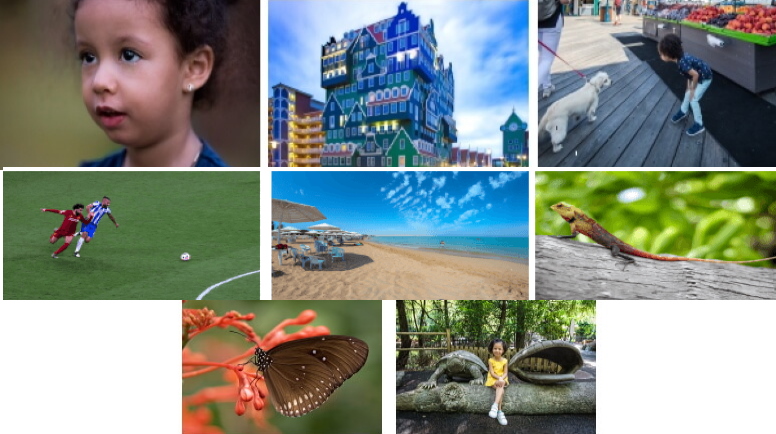
People
Building
Travel
Sports & Action
Landscape
Wildlife
Macro
Everyday
People
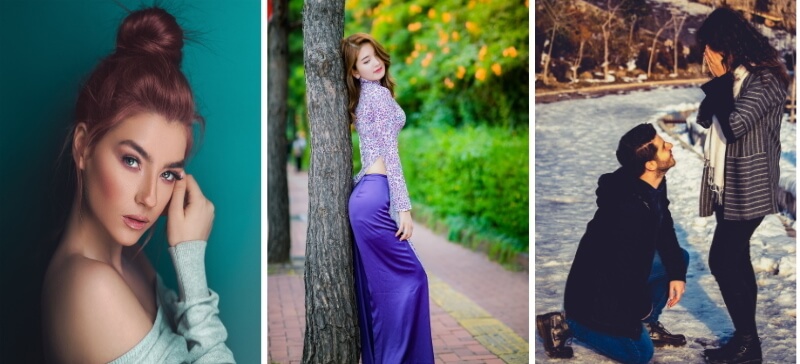
Mixture: Good Light Indoor
People/ headshots

People/ body shots

People/ Mixture/ good light

People Main Menu
People/ Mixture/ Indoor

People Main Menu
Building
Building/ Interior

Buiding Main Menu
Building/ Exterior

Buiding Main Menu
Travel

Travel/ Versatile

Travel Main Menu
Travel/ Compact

Travel Main Menu
Sports & Actions
Sports & Action/ Away

Sports & Action Main Menu
Sports & Action/ Near

Sports & Action Main Menu
Landscape

Landscape/ night

Canon EF 24-70mm f/2.8L II USM
Landscape Main Menu
Landscape/ during the day

Landscape Main Menu
Wildlife
Wildlife/ quite close

Wildlife Main Menu
Wildlife/Not too close

Wildlife Main Menu
Wildlife/ Both

Wildlife Main Menu
Macro

Macro/ small subjects

Macro Main Menu
Macro/flower

MP-E 65mm f/2.8 1-5x Macro Photo
Macro Main Menu
Macro/ Extreme macros

MP-E 65mm f/2.8 1-5x Macro Photo
Macro Main Menu
Everyday

Everyday/ Versatile

Everday Main Menu
Everyday/ Portable

Everday Main Menu
Can’t afford a brand-new lens?
Sometimes, Lenses can be very expensive for many people. However, Keh is a great option to get a used one at a reasonable price. Read the full review here.
Related Posts
What Is Aperture In Photography
Best Canon Lens For Portrait Photography
Best Lens For Portrait Photography – Third Party Lenses
The Macro Lenses Explained – Samples & Recommendations
Best Canon Lenses For Landscape – Top 5 You Need To Know
Best Camera Lens For Travel Photography
Optics On Safari – 10 Of The Best Canon Lenses For Wildlife Photography
Best Canon Lens For Sports Photography
Thanks for reading, I hope you enjoyed the article if you have any questions just post them below & I will be happy to answer you.
The featured Image by Luis Quintero from Pexels
If you enjoy the site, don’t forget to subscribe, we will only inform you when a new article is posted.










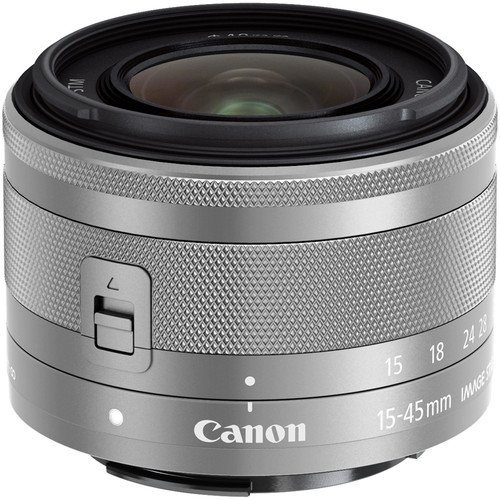
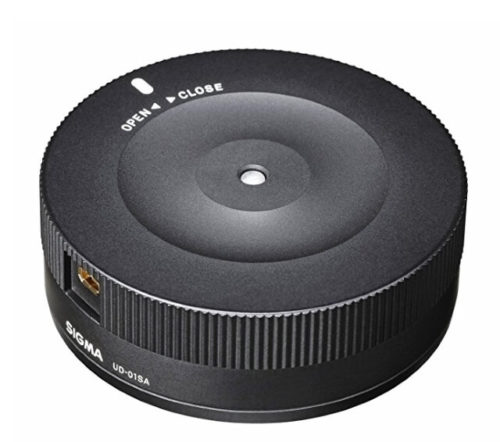
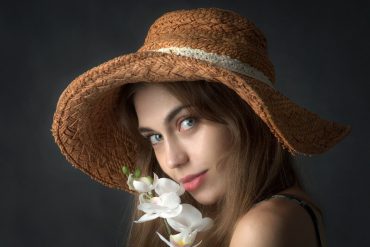
This is most definitely a most extensive article on selecting the right type of lens for your camera. This has educated me greatly on how to not only select the right kinds of lens, but also my overall knowledge of photography has been greatly increased.
Based on my current photography needs I am now much more confident in selecting the right kind of lens. Most of my photography at this point consists of landscapes.
Also thanks for the recommendations which you have provided in this article. I appreciate your attention to detail very much. All the Best.
I appreciate your nice comment and I am happy you like the article. thanks again and you are welcomed.
I know less about SLR cameras. I participated in training on the use of SLR cameras before. Now I almost forgot how to use it Because of don’t use it for a long time. I usually use mobile phones to take pictures.
Some of my friends like to play SLR. Your article is very professional and in-depth. I think they would like it, and I will share your article with them. Thanks.
Thanks
I can definitely use the macro lenses for small subjects as it will let me capture the world in greater detail than what we can see normally. Also, the wildlife with very close pictures look so cute, I always enjoy taking pictures of cute animals in their natural settings! The Canon brand is also great for cameras and I used to have a Canon and its probably somewhere around my house. Now I understand why many photography enthusiasts carry so many lenses. Perhaps I should get the macro lenses for my older Canon camera.
Thanks
Many thanks to you for sharing such an excellent article with us .I love to do photography. That’s why I purchased some good lenses for my camera. But of course I have to use some tactics when purchasing lenses. And the most important part of a camera is the lens .And I have greatly benefited from the guidance you have given in this article and gained a lot of knowledge. I hope everyone can read and learn a lot from reading your articles .
And everyone must follow the tips you give to buy a great lens and share their new experience with their wonderful photography. Can I share your article on my social media?
Thanks for your feedback, glad you like the post, sure you can share it.